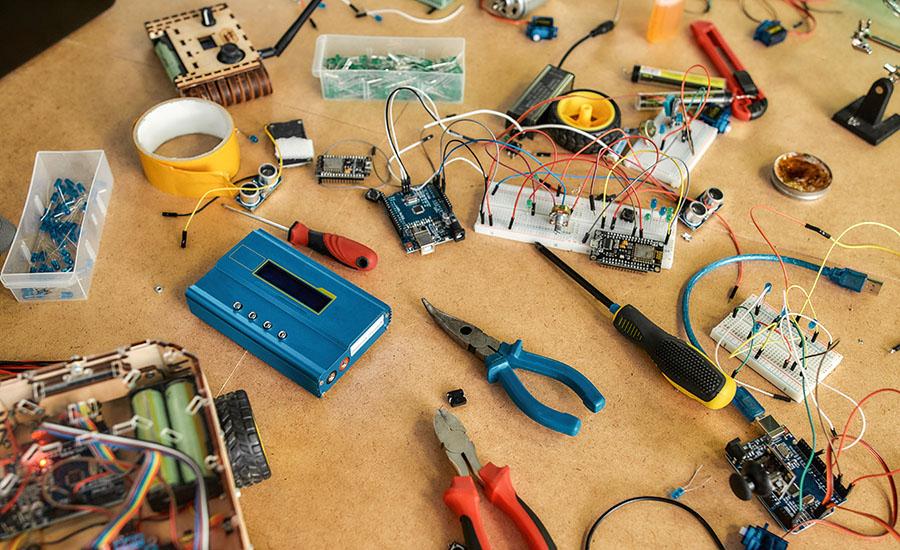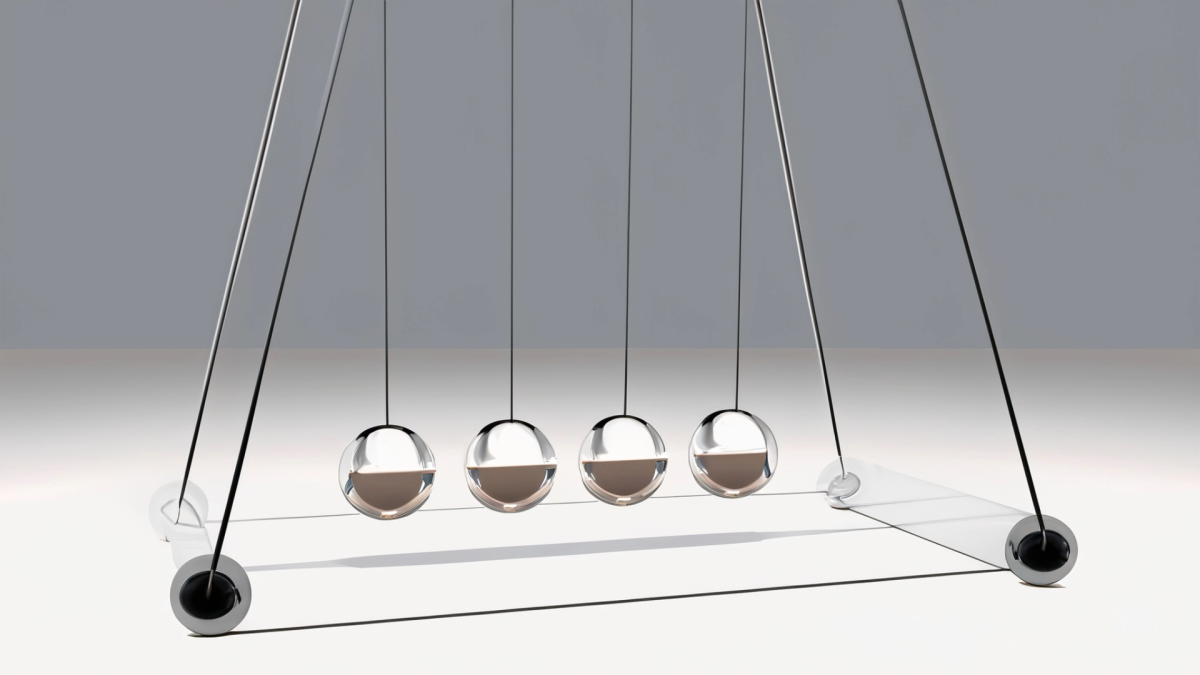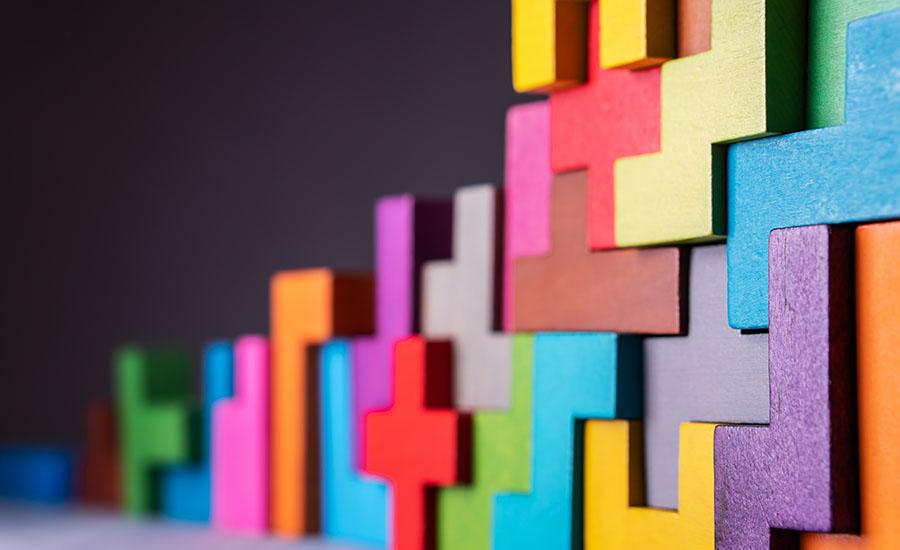
Rube Goldberg Project
Summary:
In groups students will construct a Rube Goldberg device made completely out of found objects that includes at least 5 simple machines and students will identify the energy transformations that occur in their device.
Materials:
All found objects, nothing store bought. Examples: cardstock, dominoes, cardboard, glue tape, marbles, cups, string, yarn, rulers, etc.
Agenda:
Day 1: Introduce the project using the slides, See what the students already know about Rube Goldberg Machines, Show example videos, Pick partners, Go over project purpose,
Discuss the types of simple machines they need to include in their device show the videos on the slide, Discuss the Energy transfers that could occur in their device, Have students select the job(s) they will take on
Day 2: Go over steps of the project, Have groups brainstorm ideas for their device, have groups create a first idea sketch of their device, At the end of class: the teacher needs to complete the Brainstorming grade assessment, the students need to complete the daily self assessment
Day 3-8: Students will work with their group to build and test and make changes to their Rube Goldberg device, At the end of each class: the students need to complete the daily self assessment
Day 9-10: Students will complete their job duties, using the checklist for reference of what they need to complete, Students will complete their final self-assessment, The group will use the grading rubrics to assess their project before turning it in
Day 11-12: Groups will present their project presentations to the class and demonstrate their Rube Goldberg device to everyone
Lesson Plan Link/URL
https://docs.google.com/presentation/d/1ZbBYB3t0PBoXICNuErcSpm5mBbyMc4YC/edit?u…Subject Area
Science Physical Science P3: Net Force P4: Energy Transfer Engineering S2: Apply the Engineering Design Process S3: Apply Mathematics to Engineering S7: Apply Project Management to Engineering Mathematics Geometry (G)Related Content

This lesson uses a diagram of a football being punted to demonstrate the forces of motion and the transfer of energy. Students are then challenged to apply what they learned to engineer a mechanical

Students will investigate the properties of different types of matter and apply the concept of "P1: Matter" to design, model, and 3D print an object using a MakerBot 3D printer. Hands-On STEM Design

Students will use geometric reasoning and the engineering design process to construct solar ovens while learning about renewable energy.

